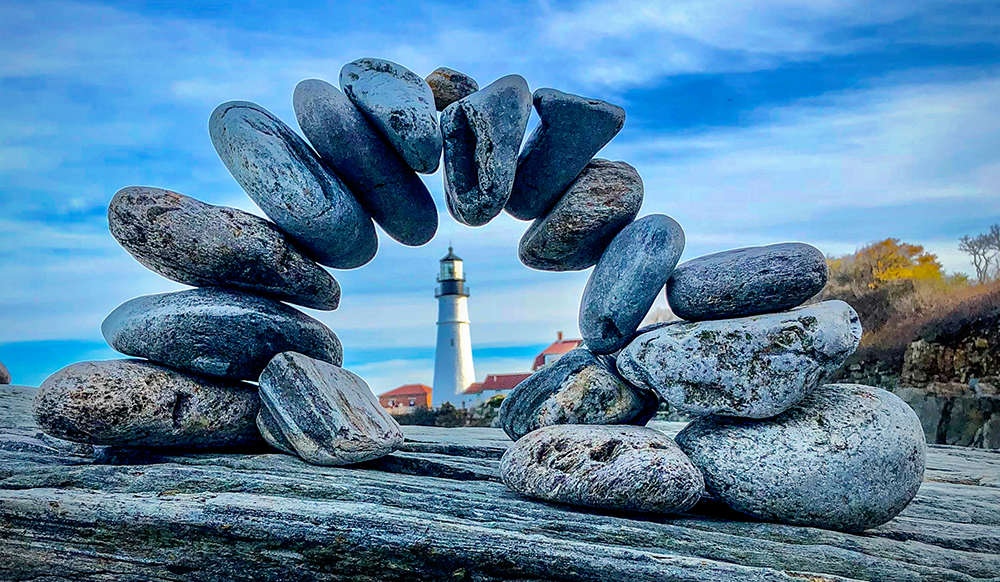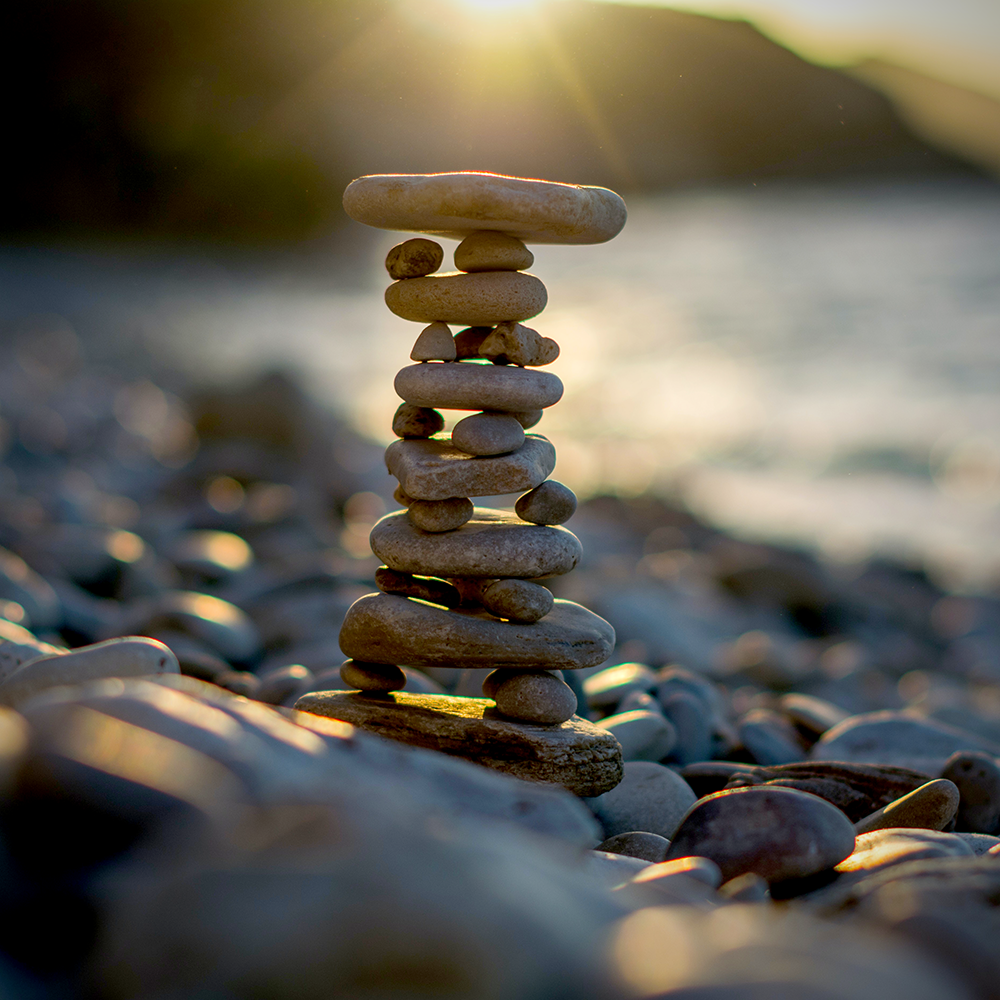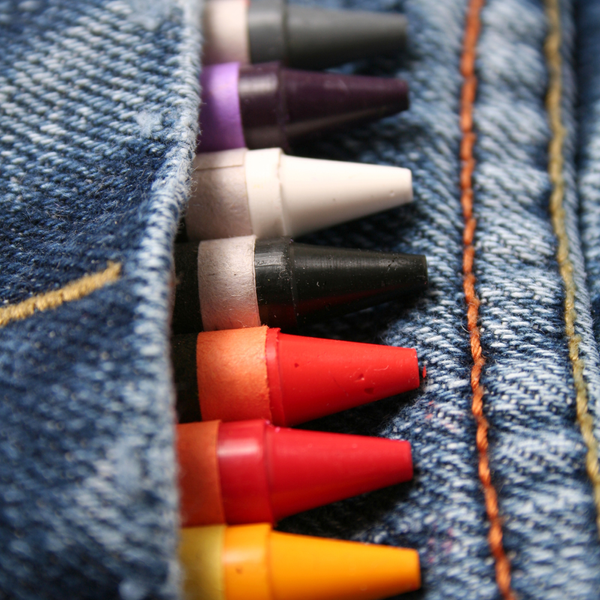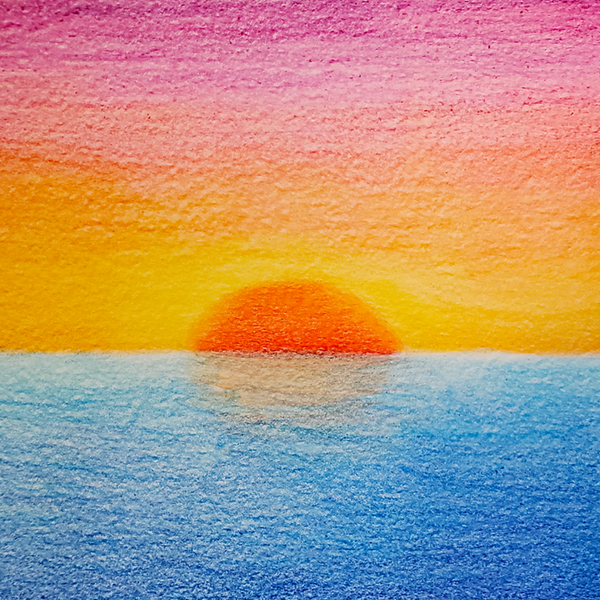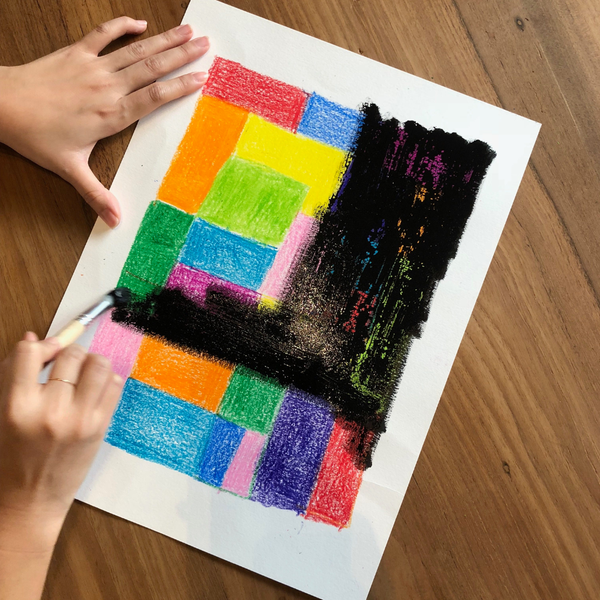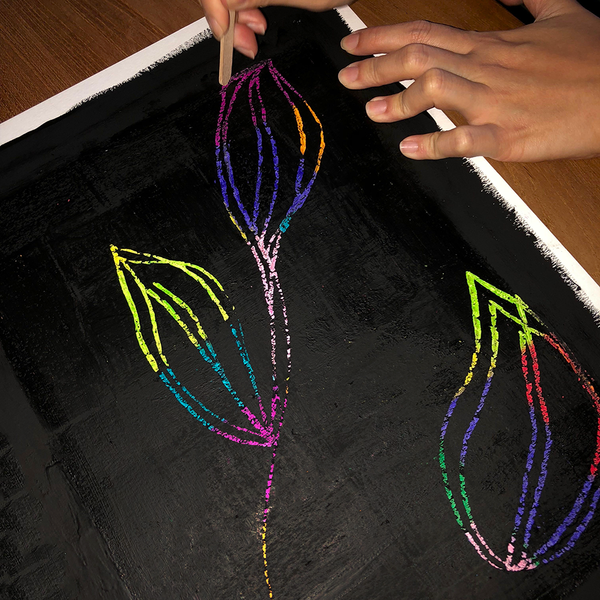Have you ever found yourself walking through the woods and coming across a scene that just took your breath away?
The colors, the light, the movement… it was like something out of a fairy tale.
In that moment, you may have wished you could bottle up that feeling and take it home with you.
Well, that's where nature art comes in!
In this blog post, we'll explore some of the different ways you can create nature art.
We'll also provide tips on how to get started, no matter what your skill level may be.
So, whether you're a seasoned artist looking for some inspiration or a complete novice wanting to try your hand at something new, read on!

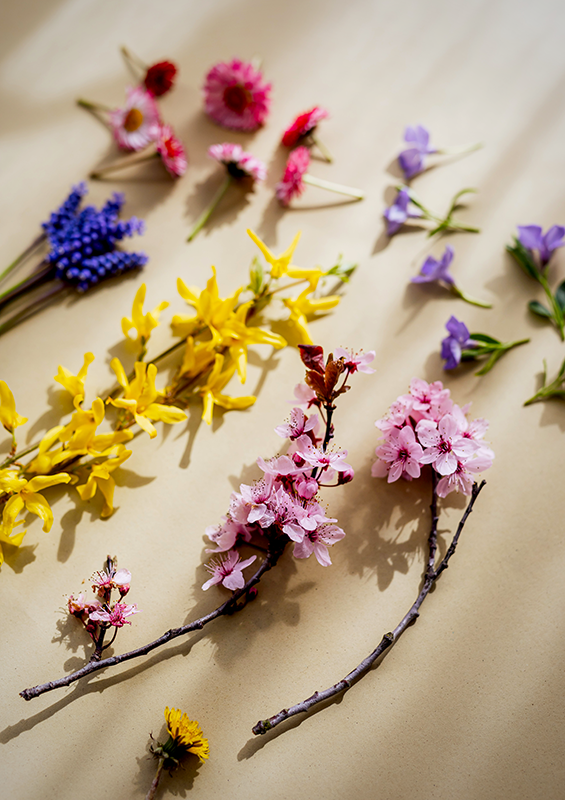

Nature Art
Nature art is all about capturing the beauty and magic of the natural world.
It can be done in a number of different mediums, from traditional 2-D and 3-D media to digital art; the important thing is that you're using the elements of nature to create something that is uniquely your own.
One of the great things about nature art is that it can be as simple or complex as you want it to be.
If you're just starting out, why not try collecting leaves and flowers and pressing them into a sketchbook?
Or, if you're feeling more adventurous, you could head out into the woods with a camera and see what kinds of scenes you can capture.
No matter what medium you choose, the goal is to create something that brings the viewer into the scene and makes them feel as though they are part of it.
And it's not just for professional artists; anyone with a love for nature can create nature art!
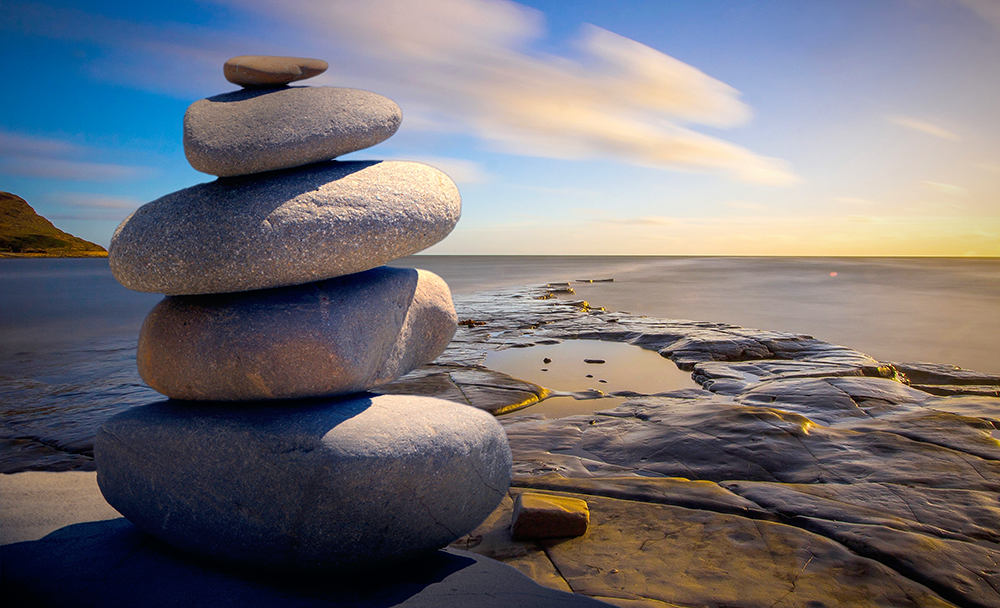


Find Your Inspiration
Take some time to explore the outdoors and find a place that speaks to you.
It could be a quiet forest clearing, a rocky beach, or even your own backyard.
Once you've found your spot, take some time to really soak it in.
Observe the colors, the light, the sounds, and the smells.
Let your mind wander and see what stories the scene tells.
Now, it's time to start creating!
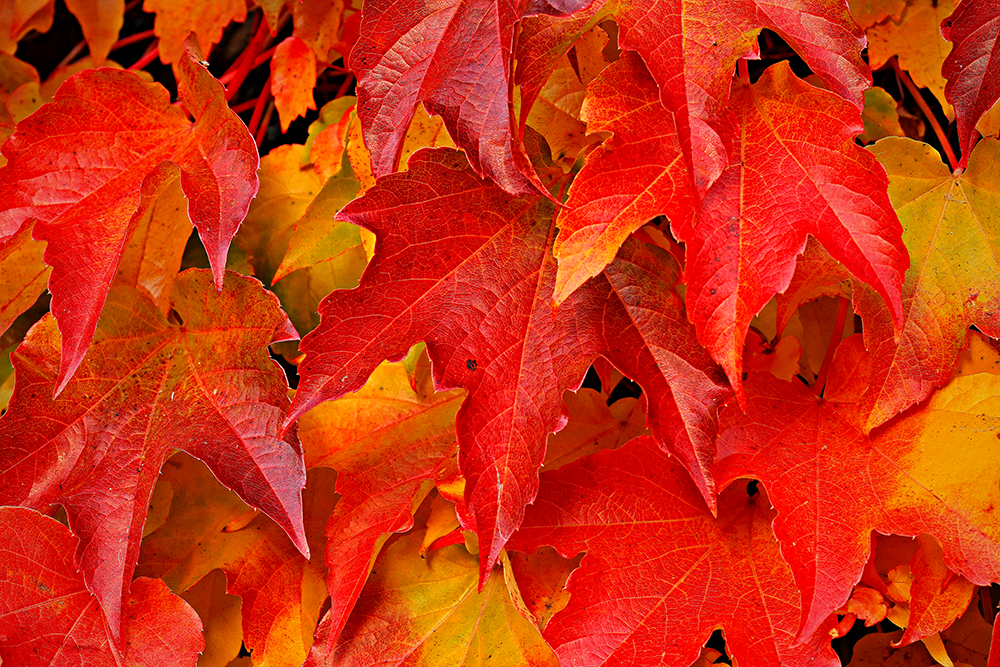
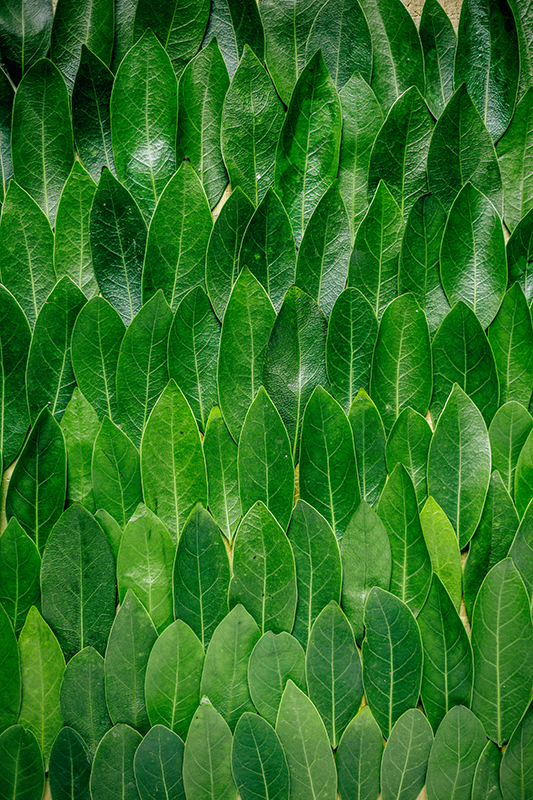
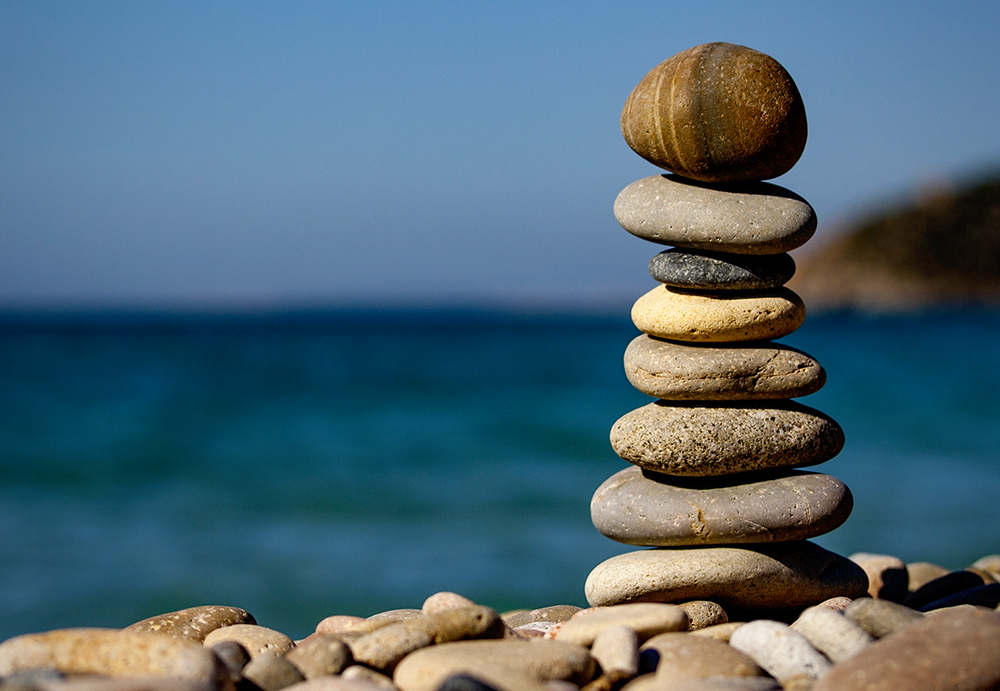
Choose Your Medium
As we mentioned before, there are many different ways to create nature art.
Some of the most popular mediums include painting, photography, sculpture, and video.
However, there are no rules when it comes to nature art, so feel free to get creative!
If you're not sure where to start, why not try explore and experiment with all of them to find the best fit for you?
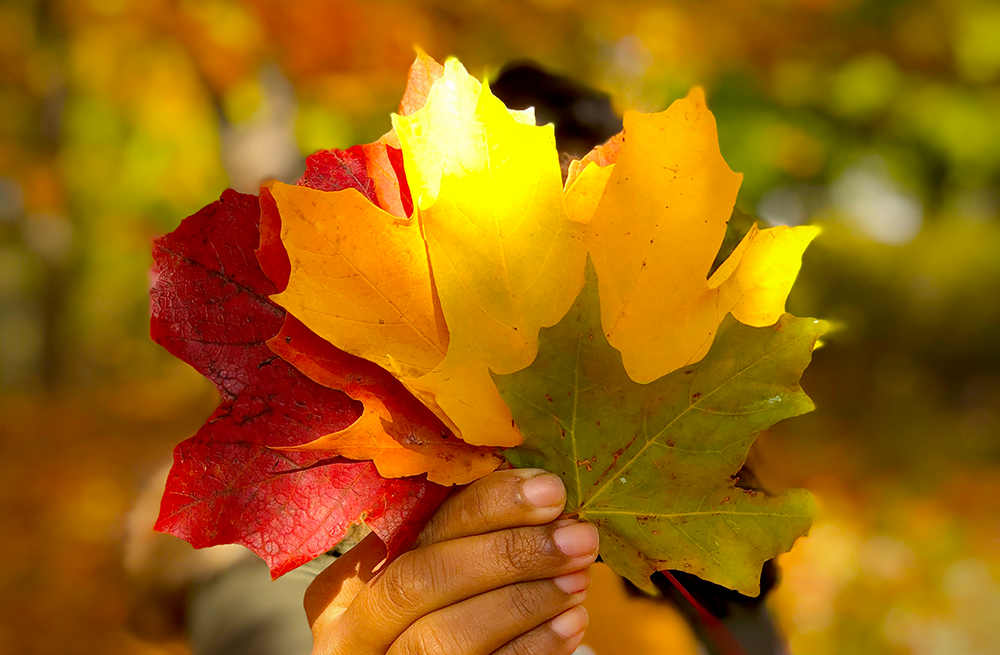
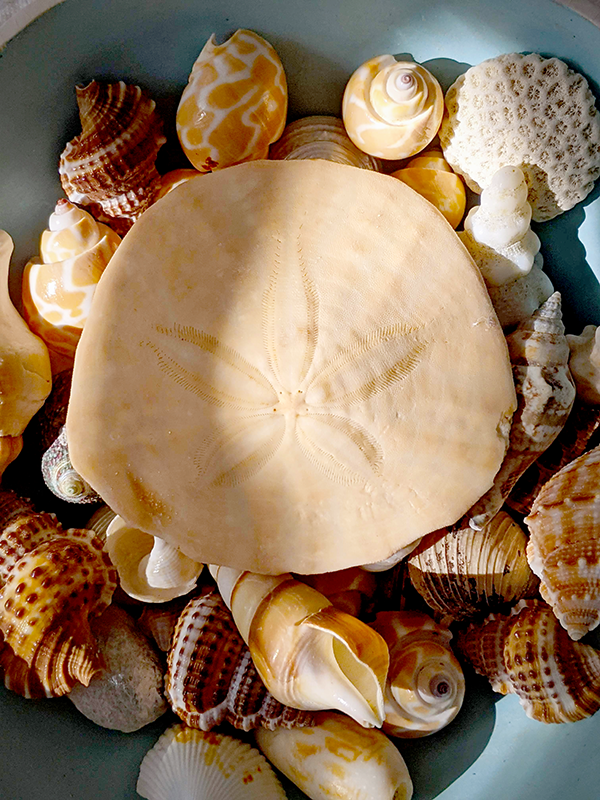

Photography
One of the most popular ways to create nature art is through photography.
And rightfully so, with today's digital cameras anyone can take stunning photos of the world around them.
Spending time in nature is a great way to start a collection of nature images.
If you're new to photography, here are a few tips to help you get started:
Get to Know Your Camera
Read the manual so that you understand all of its features and how to use them.
This will help you take better photos from the outset.
Look for Interesting Compositions
Is there a particular tree or flower that caught your eye?
What about a unique rock formation?
Pay attention to elements like color, light, and texture when composing your shots.
Practice, Practice, Practice
Don't be afraid to experiment with your camera.
Try different settings and angles to see what works best.
Be Patient
Nature rarely cooperates on our timeline, so be prepared to wait for that perfect moment.
Once you have your photo, take time to edit it so that it truly captures your vision.

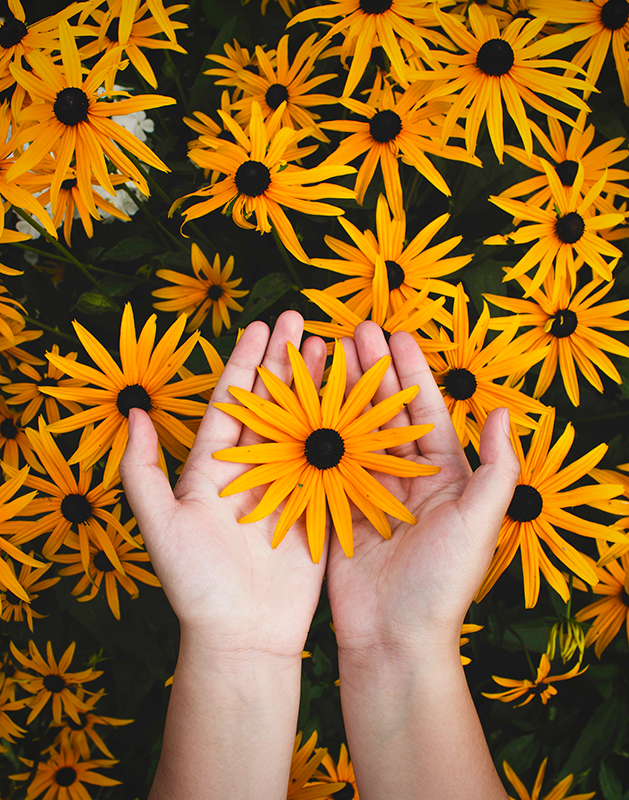
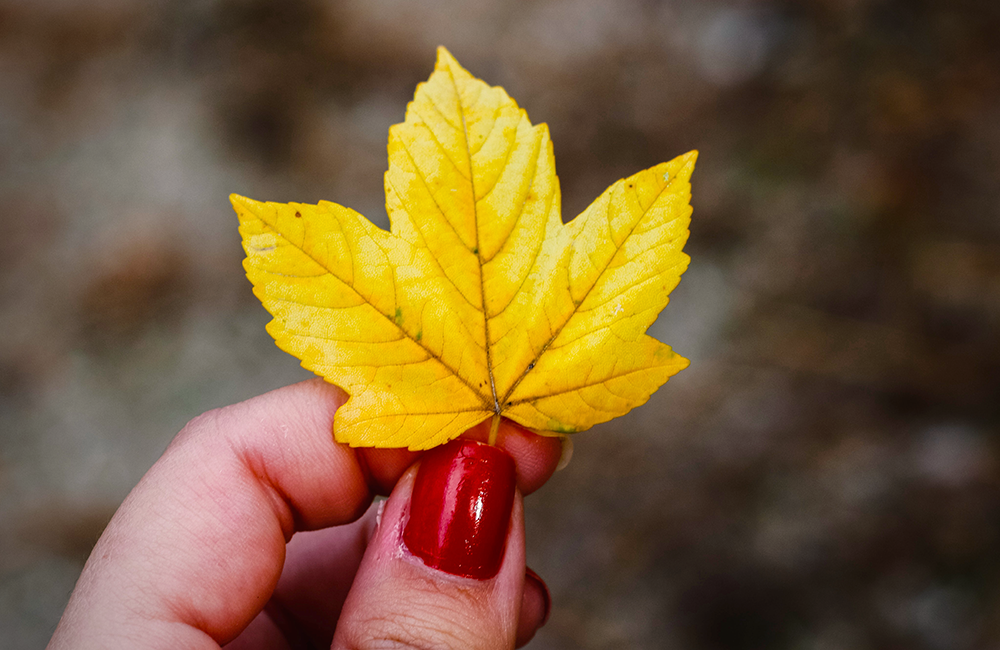
Painting & Drawing
Another popular way to create nature art is through painting and drawing.
If you're not sure where to start, try taking inspiration from photographs (see above).
You can also use other mediums like charcoal or pastels if you're feeling experimental.
Here are a few tips for those new to painting and drawing:
Start with Simple Shapes and Lines
Don't worry about getting everything "perfect."
As you become more comfortable with your chosen medium, you can start adding more detail.
Use Reference Materials Judiciously
While it's helpful to have some reference photos or sketches, don't rely on them too much.
Let your imagination run wild!
Art is about creative expression, so you don't have to replicate what you see perfectly.
Experiment with Different Techniques
There are endless possibilities when it comes to painting and drawing – don't be afraid to try new things!
You might surprise yourself with what you come up with.
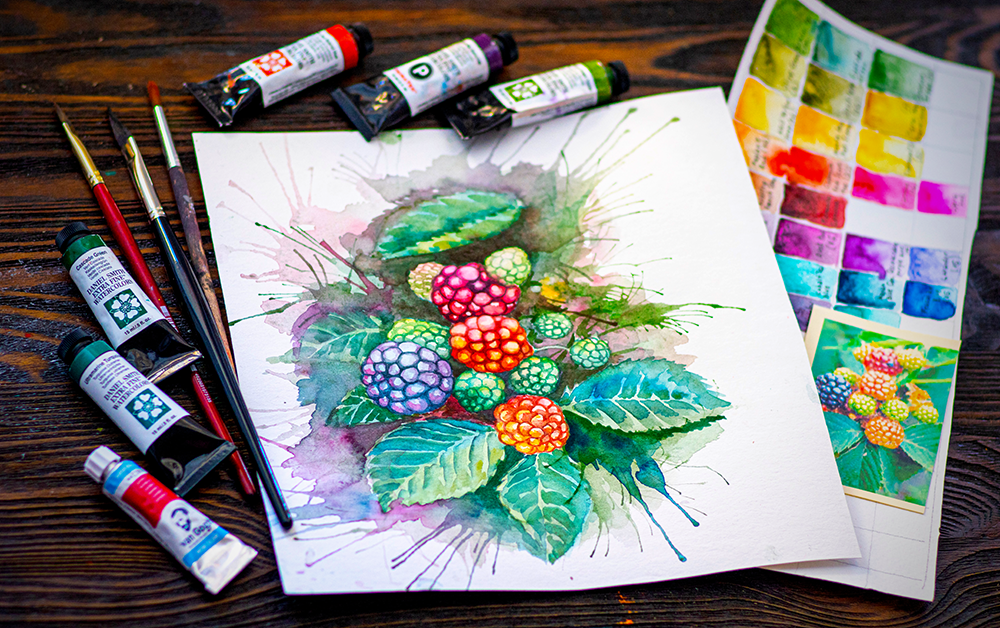
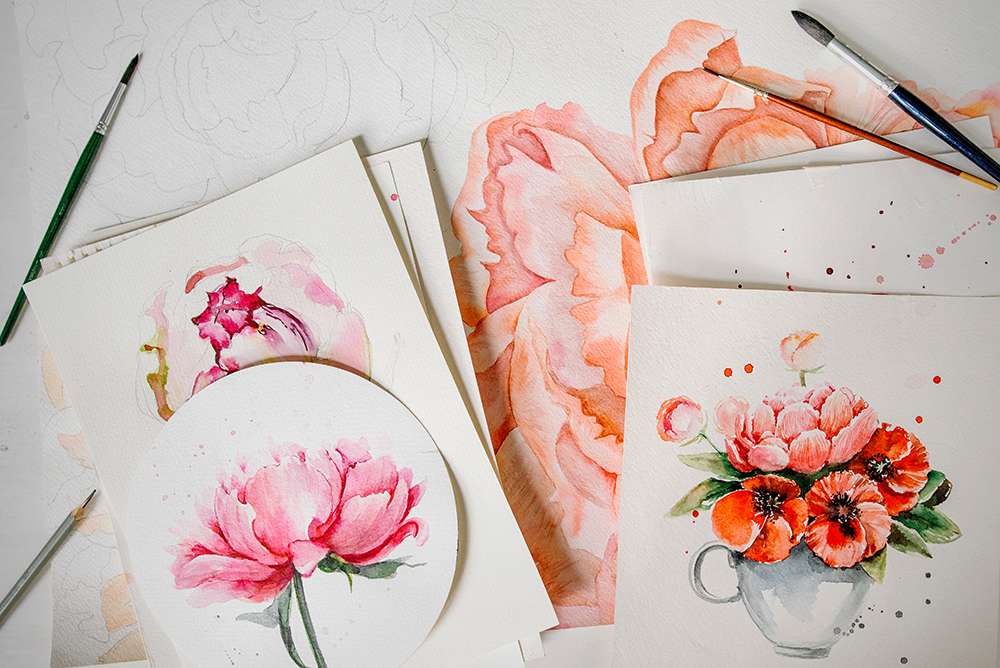
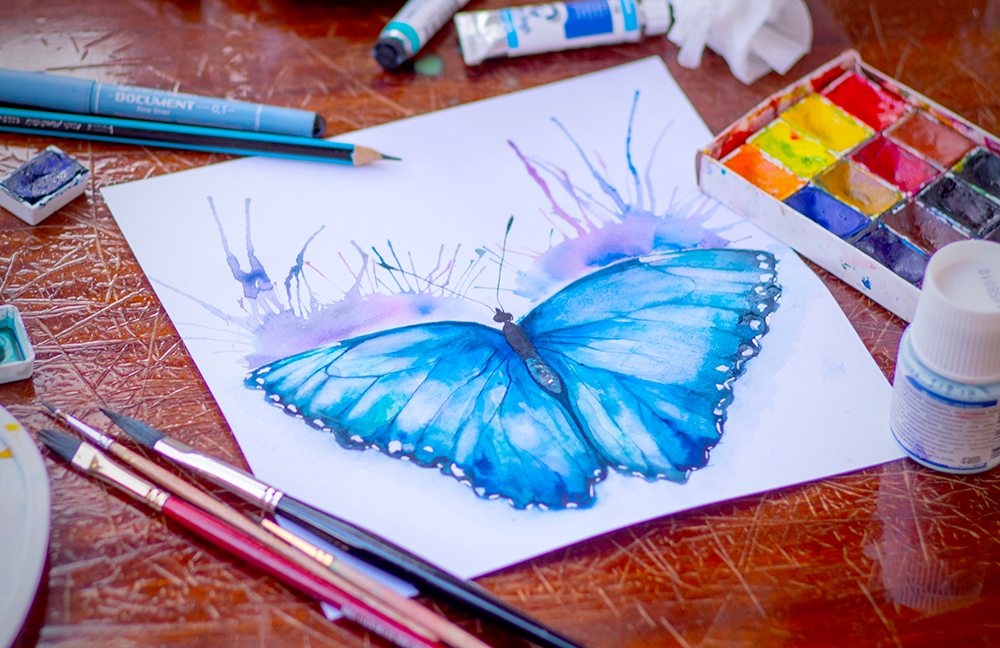
Video
Another option for nature artists is video.
This medium offers a unique way to capture!
the world around you and tell a story.
If you're new to video, here are a few tips:
Choose Your Subject
As with any other medium, it helps to have a specific subject in mind before you start filming.
Will you focus on animals, plants, or landscapes?
Or will you capture the changing seasons in your area?
Once you've decided on your subject, it's time to start filming!
Capture the Details
When you're filming nature, pay attention to the small details that make the scene unique.
For example, the way the light hits the leaves of a tree or the way a bird's feathers move in the wind.
These details will help bring your video to life.
Edit Your Video
Once you've captured all the footage you need, it's time to edit your video.
This is where you'll decide what story you want to tell and how you want to tell it.
Add any additional elements like music or narration to enhance your video.
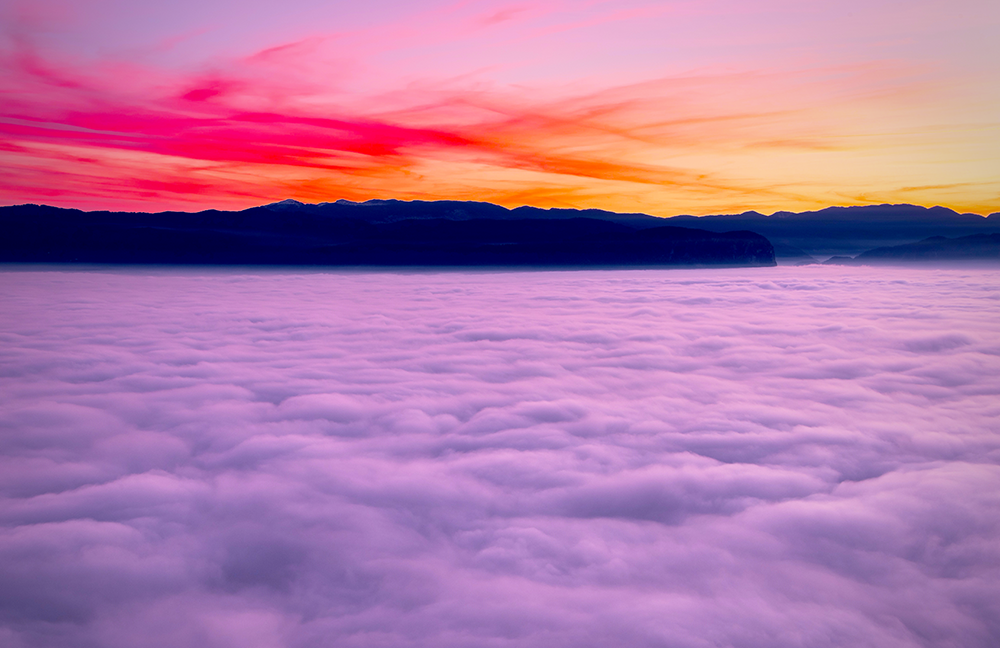
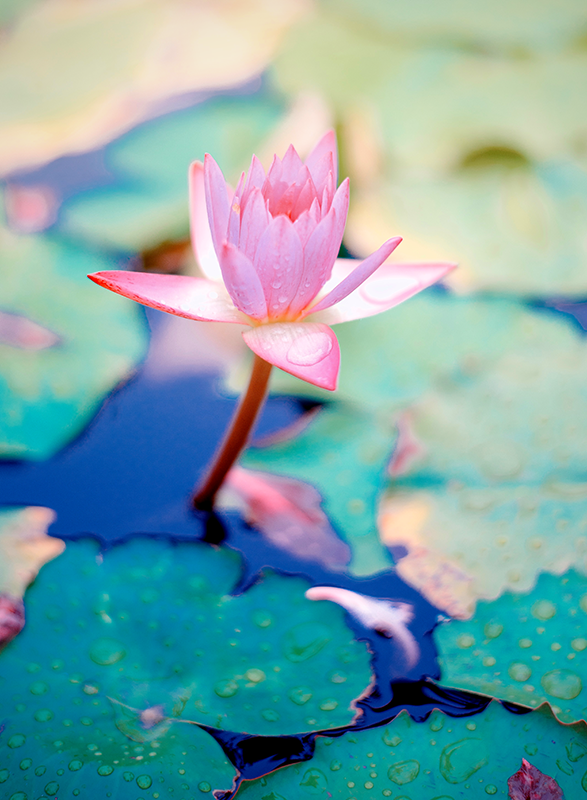

Sculpture & Mixed Media
If two-dimensional art is not your thing, don't worry; there are plenty of other options!
Sculpture and mixed media offer a whole new world of possibilities for nature artists.
When it comes to sculpture, the sky's the limit –literally!
You can create sculptures out of almost anything, from metal and wood to stone and clay.
And if you want to really go outside the box, try incorporating found objects into your work (bits of bark or leaves, for example).
As for mixed media, this term simply refers to artwork created using more than one type of medium (e.g., painting on top of a photograph).
The possibilities are endless, so use your imagination and see what you can create!
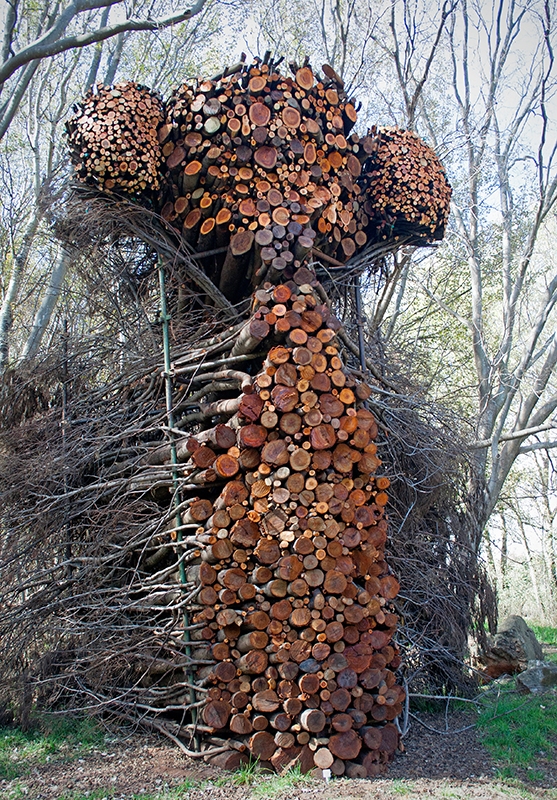
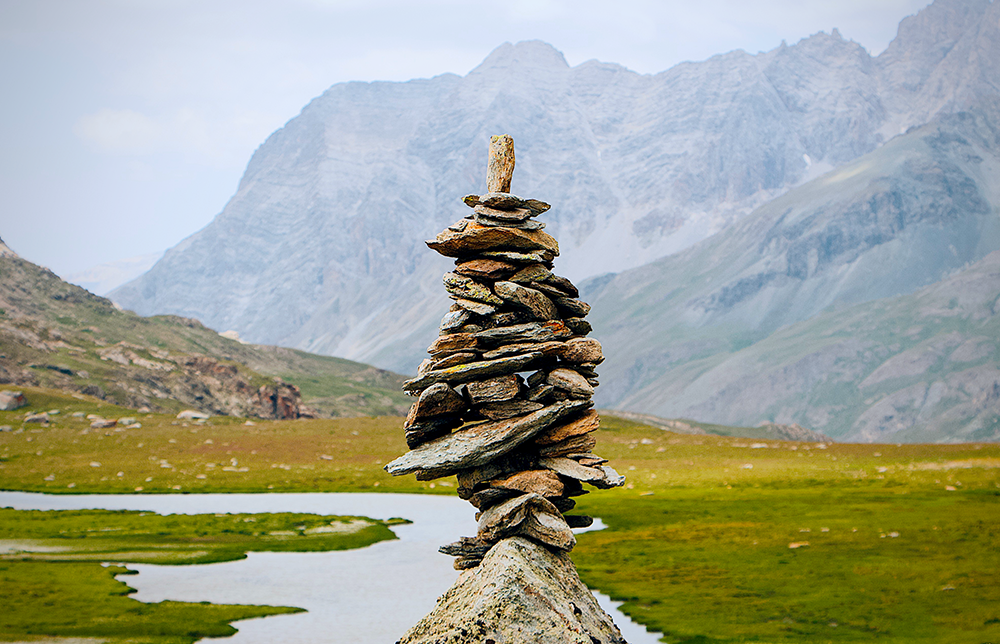
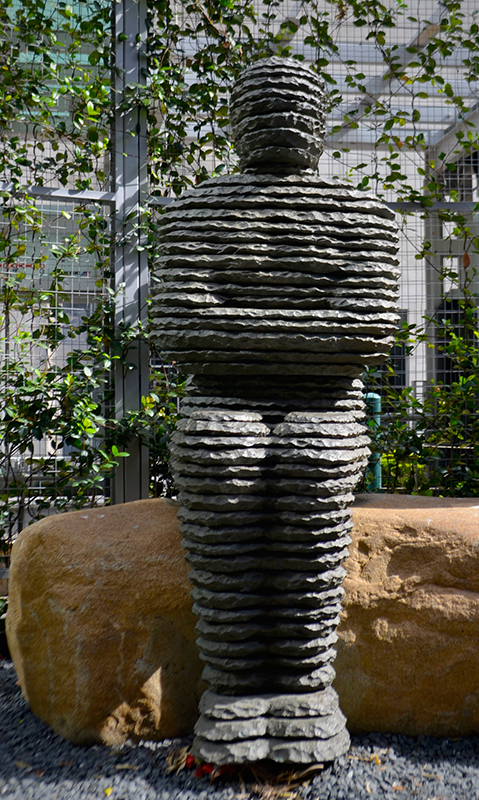
Professional Nature Artists
There are a wide variety of nature artists, catching stunning nature photos, designing stunning sand sculptures, and more.
Anything can be turned into art, from the smallest leaf or pebble to the grandest mountain.
One of my absolute favorite artists of all time is Andy Goldsworthy.
This professional artist is a British sculptor, photographer, and environmentalist who produces site-specific sculpture and land art situated in natural and urban settings.
His art is made exclusively from materials found on-site, and he often uses a variety of organic materials like leaves, flowers, mud, and rocks.
I love his artwork because it's often made from simple materials that anyone can find, but with his special, magic touch, he transforms them into these beautiful works of art.
Andy Goldworthy's work is extremely powerful because it's so temporary and ephemeral; it's meant to be enjoyed in the moment and then it's gone.
His art embodies the concept of time, seasons, and change, and it reminds us that nothing in life is permanent.
I highly recommend checking out the phenomenal nature art of Andy Goldsworthy, as well as the documentary of his work, Rivers and Tides.
Connecting with and Embracing the Earth's Natural Splendor
In today's society, many of us have lost touch with nature, but artists like Andy Goldsworthy remind us of the natural world's simple beauty.
Making nature art is one way to connect with the splendor of the natural world.
Nature arts and crafts are great fun for all ages, adults and kids alike, allowing you to connect to the environment.
There are endless ways to create nature art, so take some time to simply appreciate the magic of nature.
We hope this blog post has inspired you with some ideas and to try creating nature art yourself! Remember, there are no rules, so no matter what your chosen medium is, remember to have fun and let your creativity flow!
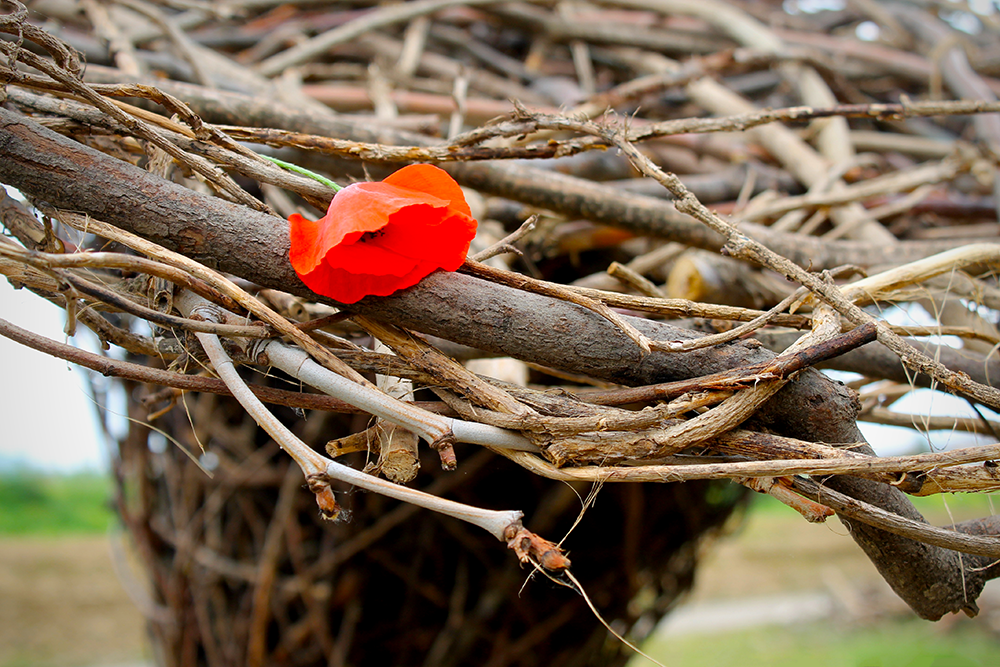
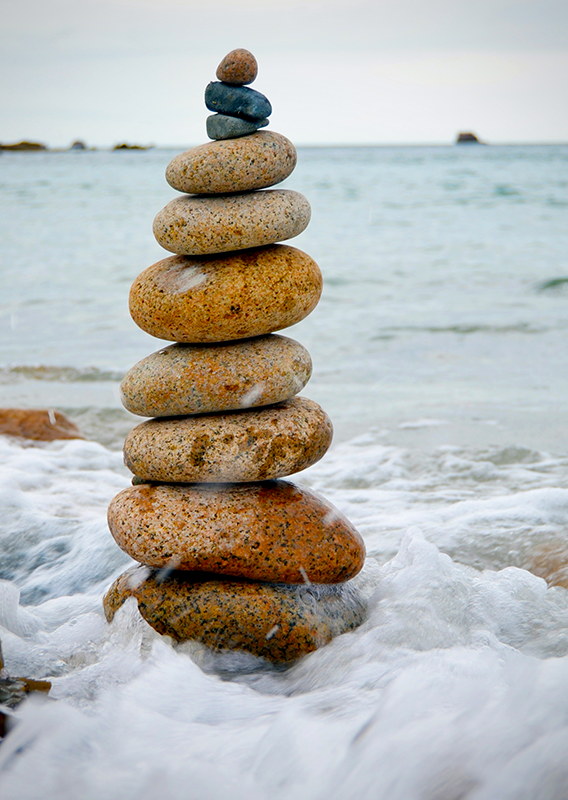
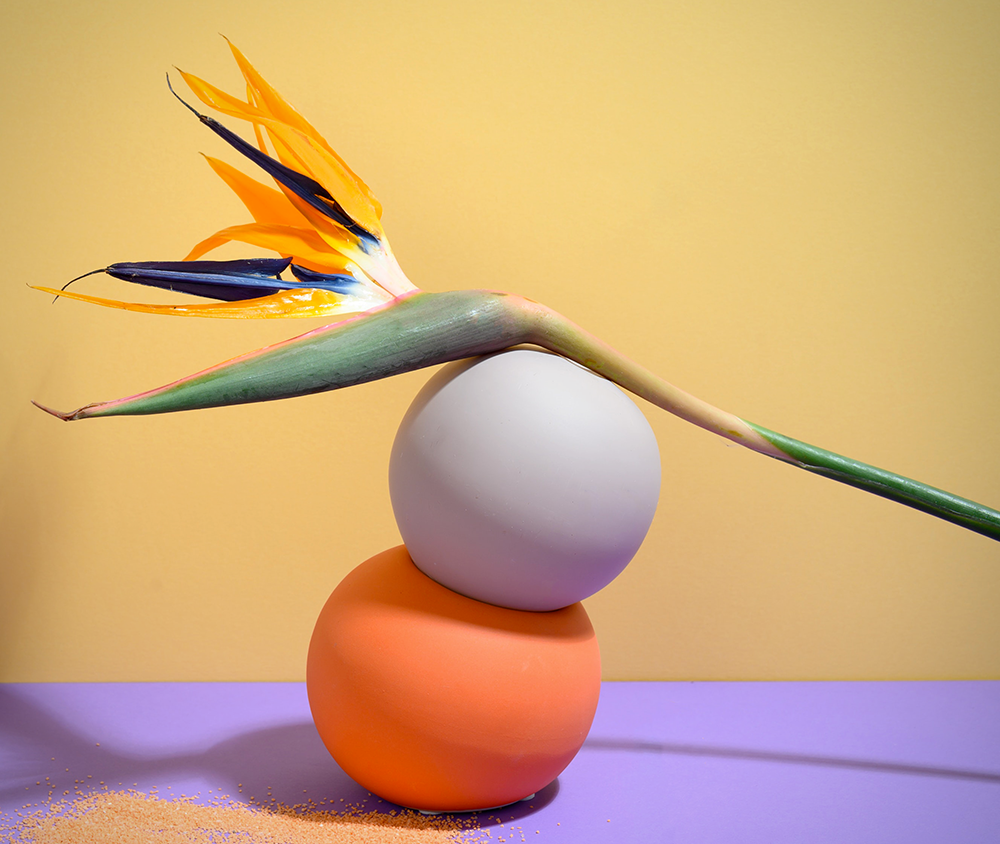
Looking for some project inspiration? Check out CBC Art's video on how to make insects out of plants!
Now that you know more about nature art, you're definitely going to want to take a fun camping trip to immerse yourself in nature's splendor! Make sure to get plenty of rest to ensure you're creating at your best; Travis has you covered over on Resilient Reviews for staying bug-free while you sleep!
Want to learn more about art?
Check out some of our art guides:


